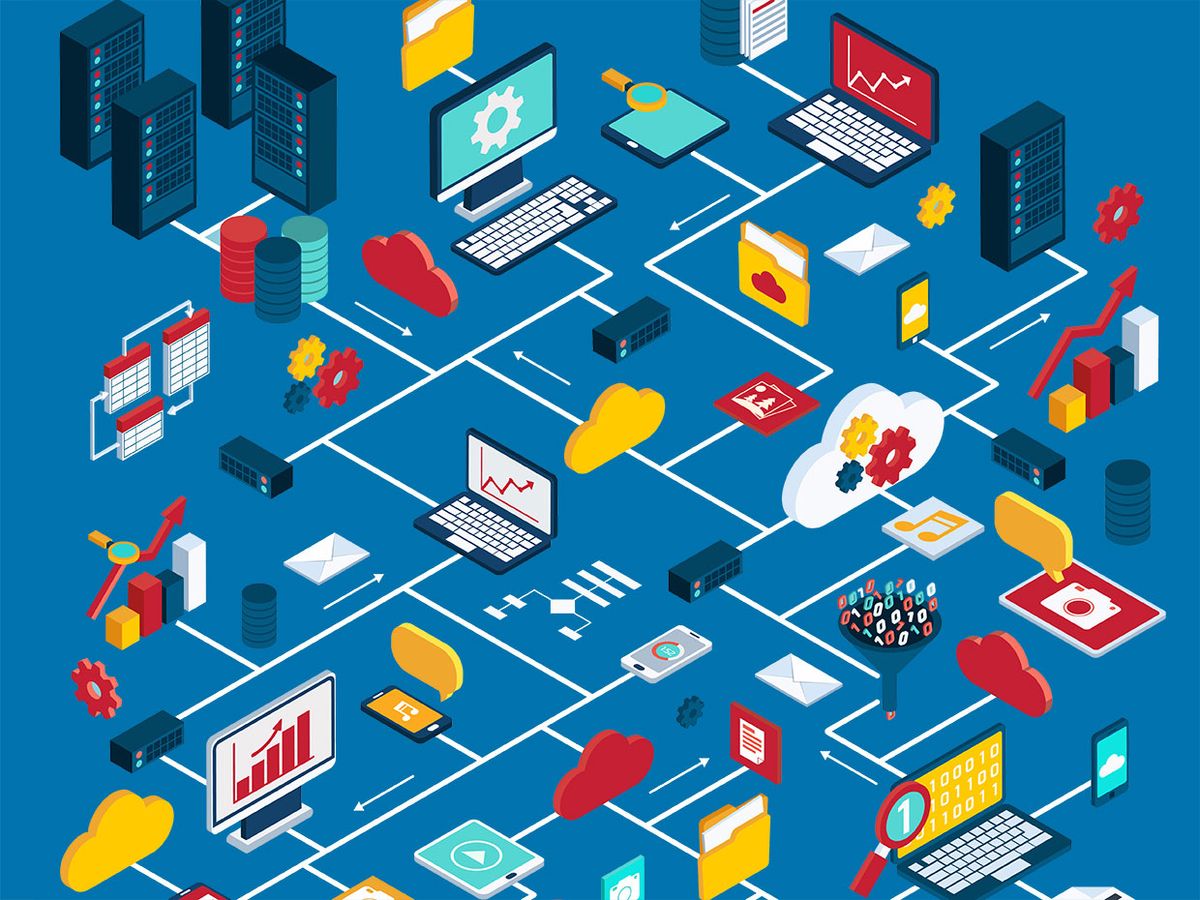THE INSTITUTE IEEE DataPort made its debut to the public last year, and to date more than 200,000 people have used the Web-based platform, uploading more than 1,000 data sets. Developed and supported by IEEE, the product allows researchers to store, share, access, and manage their research data sets in a single trusted location.
The portal accepts both standard and open-access data sets in many formats. Each data set uploaded may be as large as 2 terabytes. The data is stored on the Amazon Web Services cloud and can be downloaded or retrieved at any time. There is currently no charge to upload data sets.
FEATURES
IEEE DataPort is integrated with the Open Researcher and Contributor ID (ORCID). An ORCID identifier distinguishes you from other researchers, and data set owners have the option to enter their ORCID identifier with their data sets to ensure they are included on their ORCID asset list.
In addition, digital object identifiers (DOIs) are automatically assigned to each data set.
Uploaded data sets that are open access are by definition freely accessible at no cost to all users. Data uploaded as a standard data set is also free to access by subscribers. According to the terms and conditions of IEEE DataPort, those who upload a data set automatically grant a Creative Commons license to their data set so others may access and use it.
Data sets must be cited if used. Therefore, data owners can generate citations once they’ve uploaded their data set.
IEEE DataPort also stores related documentation such as scripts and visualizations. Data sets are visible to all users, while related documentation may be accessed only by those with an IEEE DataPort account.
Data sets can be linked to articles previously published by IEEE, and the platform is integrated into the article submission process for more than 91 IEEE journals and magazines.
Users can send an email message directly through the platform to other data set owners and provide them with feedback, ask questions, and request collaboration. They also have the ability to share their data sets and others’ through social media platforms.
MEETING DEMAND
IEEE DataPort was created in response to the demand by IEEE members to address the growing data needs of the global technical community.
“IEEE DataPort is now widely used by researchers around the world,” says IEEE Fellow K.J. Ray Liu, 2019 vice president, IEEE Technical Activities, who is one of the platform’s originators. “IEEE DataPort can bring global exposure to your research efforts. It supports research reproducibility and serves as a valuable resource for additional researchers.”
Senior Member David Belanger, the IEEE volunteer lead for IEEE DataPort, adds that “all major IEEE organizational units came together to develop and support the platform.
“We are extremely pleased to see the rapid usage growth,” Belanger says. “User feedback clearly indicates IEEE is meeting their data needs.”
USER FEEDBACK
Researchers at organizations around the world are using IEEE DataPort to collaborate and advance their work.
Rabindra Lamsal, a graduate research scholar at Jawaharlal Nehru University, in New Delhi, is developing a disaster response system that can classify crisis-related Twitter tweets into categories such as community needs, number of deaths, and property damage.
Creating a centralized platform to easily access standard data sets was necessary, Lamsal says. He was able to access data sets on machine learning that helped him develop his own research, he says. By getting in contact with other data set owners, he adds, he was able to use the full benefits of the platform to his advantage.
“The large data storage capacity is impressive and extremely beneficial to data set users to directly connect with data owners to make specific inquiries,” he says. “Because the data sets have DOIs, they can be easily cited in future research.”
Ana-Cosmina Popescu, a graduate researcher at the University Politehnica of Bucharest, Romania, is using the platform to store data from her research on using machine learning for recognizing human activities, such as falling, sitting, standing, and writing, based on merging information from all channels of a 3D video.
“IEEE DataPort offered an affordable and stable storage method,” Popescu says. “It also provided me visibility among other researchers and engineers and let me browse through existing activity recognition and machine learning data sets.”
The platform helps her meet her goals, adds Popescu, whose research includes filming an RGB-D (red, green, blue, and depth) human activity recognition and machine learning data set, with the purpose of sharing it with the computer-vision research community.
Postdoctoral researcher Manjunath Matam at the University of Central Florida, in Orlando, is using IEEE DataPort for solar photovoltaic system work. His research on identifying corrupt data, such as nonrelevant values and substandard measurements in grid-tied photovoltaic systems, is quickly reaching a broader audience.
“My two data sets together have reached more than 1,000 people in the past two months, and I’ve received direct feedback from some of them,” Matam says. “Having 2 terabytes of free storage is a great feature.”
COMPETITIONS
IEEE DataPort has an option for users to host a data competition, a time-limited challenge in which a data set owner can invite members of the global technical community to provide specific analyses or make predictions based on the available files.
Participation in the competitions is managed by the initiator, and can be open to all or limited to specific participants.
Visit the IEEE DataPort website to explore data sets and house your own research data. Use promo code DATAPORT1 at checkout to get a free subscription.
Melissa Handa is the senior program manager for IEEE DataPort.



